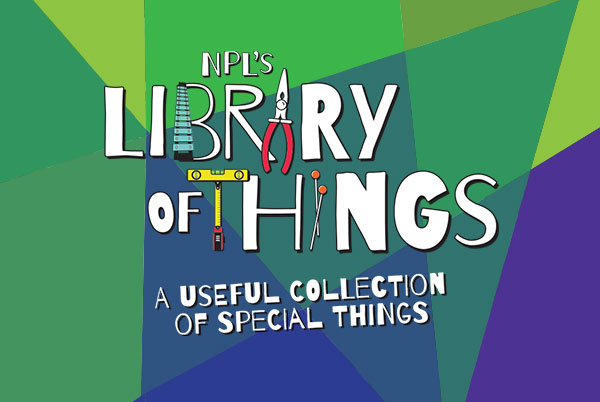
I have an active one year old. She is always running, climbing, and exploring the world around her. But as a person who works in early literacy, I know how important it is to start reading on Day One. So, I asked around! And here is some of the best advice I got for reading to a child that doesn't want to hold still:
Read It for You, Not for Them
Some kids just need a moment where they can make the choice to sit down, or not. Others have difficultly listening without moving, and may need to draw or play as they listen. Sit and read out loud to yourself while your child does whatever s/he wants. If you read it for yourself, but read it expressively, s/he is going to want to see the pictures... eventually. Pro Tip: Read a magazine! I read Family Fun or Parent magazine for myself but the pictures and short articles are perfect for my daughter.
Make It a Habit and Use Reading Rituals
For movers and shakers, it's especially important to develop the habit of reading early. Get in the habit of reading at certain times that your child can anticipate - first thing each morning, as they eat a snack, when waiting in line, at nap time, before or after dinner, at bedtime (or all of the above!). The author and literacy advocate Mem Fox suggests reading the same books over and over, and using the same vocal tone so that children build their familiarity with the text.
Just a Few Pages at a Time
Remember, at first, active children won't sit still for long. Your child may begin by sitting for only a page or two. That's a start! Don't worry about it. Bring the book back again later and perhaps they will make it through three... even four pages. Helping your child learn how to gently turn the pages helps, too. For infants and toddlers, just the act of turning a few pages will be a literacy lesson on how books work.
Tell It, Don't Read It
Rhyming books don't hold her attention? Telling a good story engages the brain in imagining, and invites the reader to think about what happens next. Learn a few good folktales, so you can tell them. Need a cheat sheet? Try the book Tell It Again: Easy-To-Tell Stores with Activities for Young Children by Shirley Raines and Rebecca Isbell.
During the Day... Choose Active Stories
During the day, you can pick books with engaging action... invite your child to become a wild alligator with Roar! by Tor Freeman, to chug around like a train while you read And the Train Goes... by Williams Bee, snore loudly with Bear in Bear Snores On by Karma Wilson, or fall over in a faint with Anansi and the Moss Covered Rock by Eric Kimmel.
When All Else Fails... Dance It!
There are books that are made to dance such as Baby Danced the Polka by Karen Beaumont, Barnyard Dance by Sandra Boynton, or Jamberry by Bruce Degan. These books make your reading time more active and musical, and you might find your little one likes to move or clap to the rhythm.
It's Important to Read Aloud to Active Kids!
Listening to a book helps small brains build imagination, and offers a chance for wide-ranging discussions. A great story engages a child's emotions, and the stillness of listening helps a child learn how to calm themselves. Developing this skill will help ensure great peace at home, and at the same time, you will pave the way for a lifetime of great reading and success in school.




